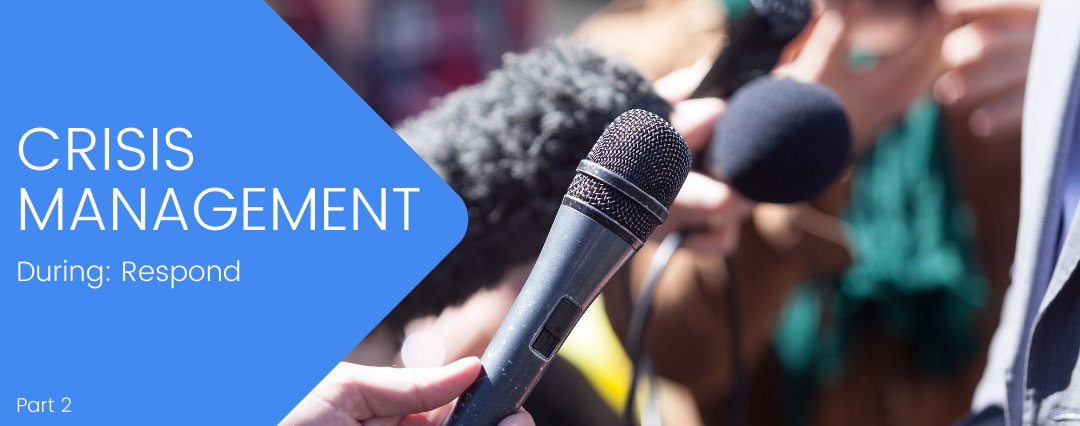You have identified your vulnerabilities, taken precautions, and established an emergency plan and communication strategy for your operation, and then an unexpected event happens. Now what? It’s time to respond.
Emergency situations, such as natural disasters and cybersecurity attacks, test the leadership and management skills of local governments and special service providers. How you respond when facing a crisis is critical, especially when the event puts your organization’s mission in jeopardy or has the potential to cause long-term damage to your community. Let’s explore the “during” stage of crisis management.
Put your plans into action.
As discussed in part 1 of this series, disaster preparedness is a must for local governments, and it’s important to have a plan that encompasses both pre-disaster resilience and long-term recovery. Crises typically occur with little to no warning, which require an immediate response. This is where your crisis management plan (also referred to as an emergency response strategy) comes into play.
Even if you feel your community or operation is at low risk for a large-scale crisis, it’s beneficial to maintain an understanding of the National Incident Management System (NIMS) when creating your plan. As defined by FEMA, NIMS “provides a consistent template to enable you to work together with other partners across the country to prevent, protect against, respond to, recover from, and mitigate the effects of incidents, regardless of cause, size, location, or complexity.” Also important is the use of the Incident Command System (ICS), which can help you create an organized approach to coordinating your response efforts with others.
Keep in mind that the actual event may be different than what you planned and practiced for but preparing in advance gives you a foundation that can be built upon and adapted based on the situation. Be ready to improvise when necessary and willing to collaborate with others, in addition to your team, to identify creative solutions.
Be ready to communicate.
When it comes to emergency response, one of the most important pieces is communication. As soon as an unexpected event happens, you should be ready to immediately implement your communication strategy. Regardless of the type of emergency your organization or community is experiencing, the response stage is an opportunity for you to gain credibility in how you handle a crisis and show your commitment to those you serve. Depending on the situation, this could mean publicly notifying and providing guidance to your community or communicating the issue with your internal team to help them navigate. Here are some tips:
- Have one person assigned as the primary communicator or public information officer. This person will handle all communication efforts to ensure the narrative is consistent and delivered quickly.
- Prepare to talk to the public by gathering the facts and shaping your message. Even if you don’t have all the details at the beginning, be transparent. It’s okay to revisit the topic once you have a clear, truthful response. It’s normal for your message to change as the crisis evolves.
- Be ready to respond via all channels. This includes public media, your website, social platforms, phone, text message, email, etc.
- Manage your reputation. One way to keep an eye on this is to monitor your social media feeds. Rumors and misinformation can spread quickly online, so try to mitigate this and avoid surprises.
- Be clear and honest and speak with empathy when responding to questions. Your employees and community members are counting on you for leadership.
Start planning for recovery.
Document your experiences throughout the event. Doing so will help you evaluate your operation’s weaknesses and strengths. For example, does your team need more training in a certain area? Does your communication plan need some work? Would you benefit from more help from outside partnerships or resources next time?
Also, don’t forget to track all related expenses. This not only helps your financial records stay updated, but you may also be eligible for reimbursements. All of these considerations can help you organize an event review to revise your plans as needed, quickly recover your operation, and return your community to normalcy.
Stay tuned for part 3 of this blog series as we conclude with a deep dive into the aftermath of crises and how to facilitate community and data recovery.
Source: https://www.fema.gov/sites/default/files/2020-07/fema_nims_doctrine-2017.pdf





